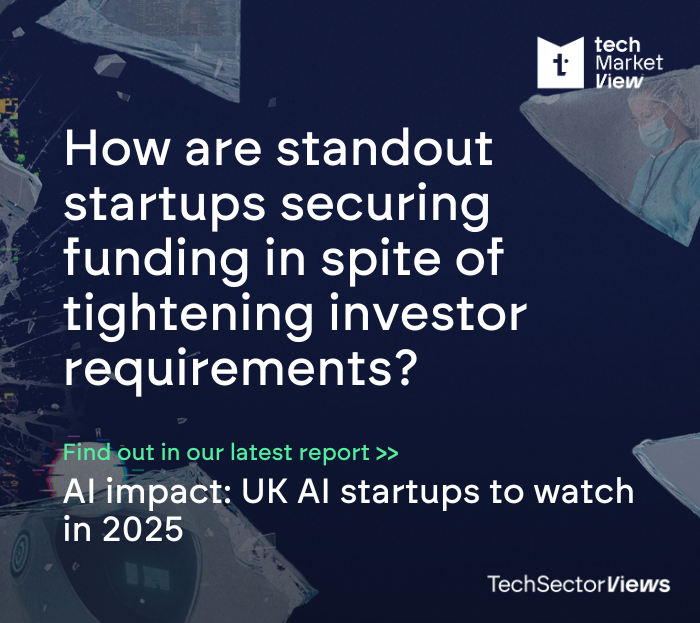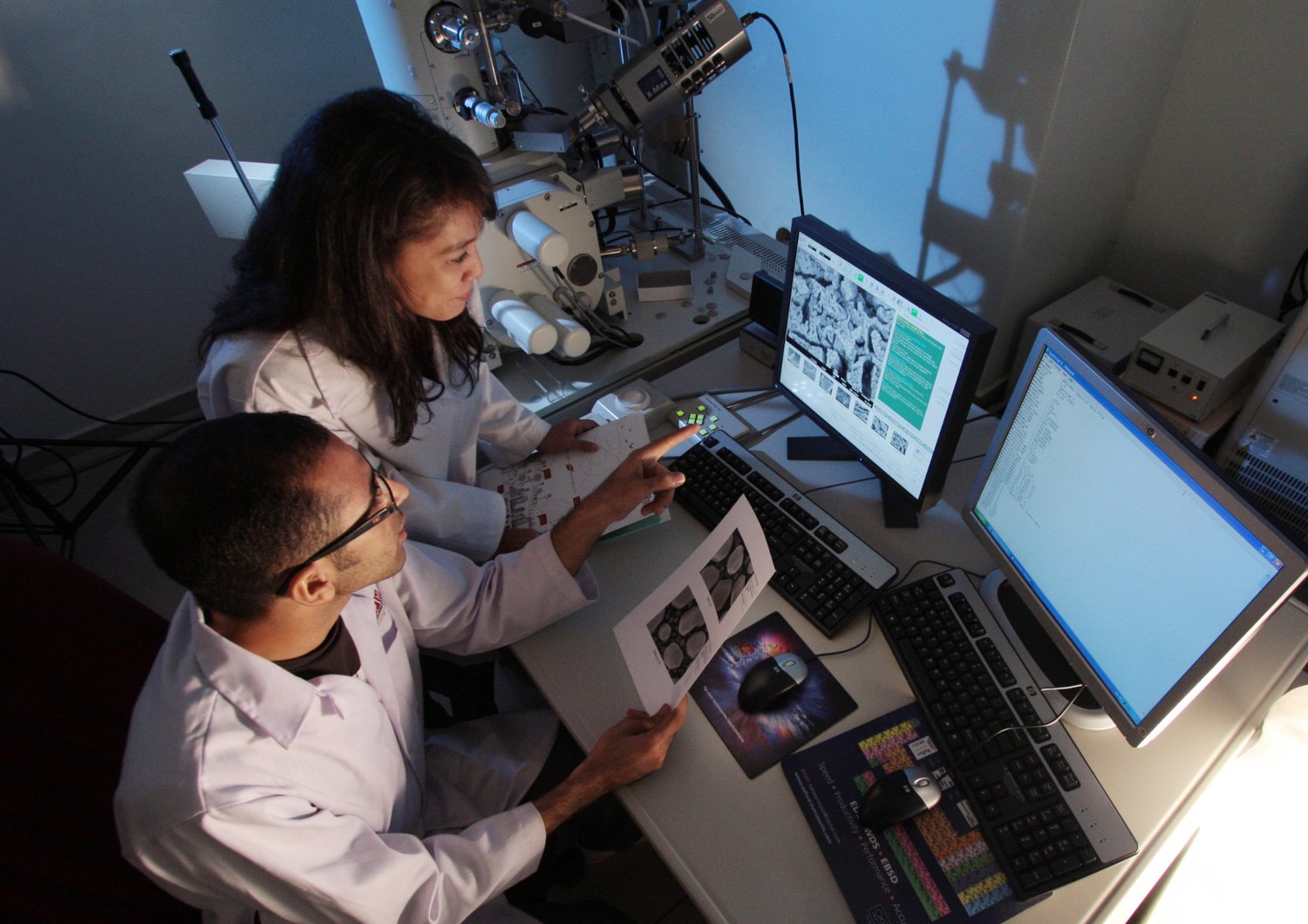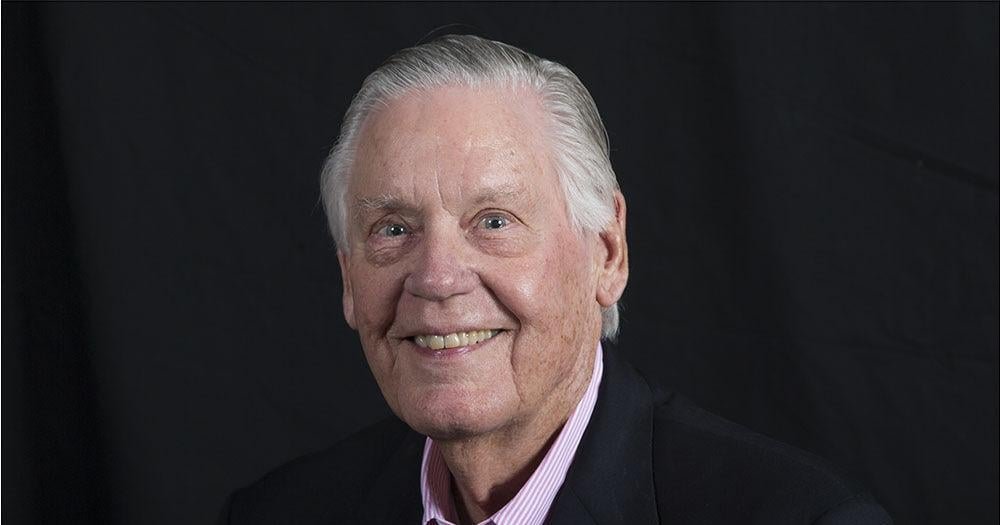AI Research
If Data Is the New Oil, AI Is the Refinery

“Data is the new oil.” We are starting to hear that statement more and more. And panelists at the 2025 Bioprocessing Summit Town Hall in Boston agreed. Irene Rombel, CEO of Biocurie; Cenk Undey, global iCMC digital transformation program lead at Sanofi; and Colin Zick, managing partner at Foley Hoag, all spoke to this idea that in today’s technology-driven era, data is an incredibly valuable raw material.
However, process development and manufacturing data are small and sparse, especially when it comes to more advanced therapeutic modalities, meaning they are not well suited for traditional artificial intelligence/machine learning (AI/ML), Rombel pointed out. Contrary to popular belief, she said, “there is not a data goldmine for AI/ML to leverage for manufacturing.”
However, the data/oil analogy may be appropriate when discussing AI. Like oil, data is intrinsically dirty. As such, data requires investment in time and money to extract any value, which is where AI tools enter as refiners of the data.
Data Oil Drips
The small and sparse nature of process development and manufacturing data is particularly important in understanding AI/ML usage. While it can be good for interpolation if trained on a robust and carefully curated—or clean—data, it simply cannot predict what is beyond that dataset.
A good example of this was cited by Zick. Recounting a Bloomberg article, Zick explained that of all of the challenges self-driving cars face in Boston, the biggest one is the city’s seagulls. Like a western standoff, the two stare at each other until the seagull decides to move. In other words, if an AI/ML model has not been exposed to the data, it cannot adequately predict results.
That being said, Undey noted it is a common myth that ML/DL models need millions of data points. It depends on the quality of the data. There are a lot of computational methods developed to even deal with limited data sets.
Consequences of Confusion
The power of AI as whole has led to confusion, one that was apparent at the conference. Zick noted, “I see the most confusion about AI and manufacturing when people think of AI as special or different from other tools that they utilize.” He further explained that this mindset leads to many feeling that the usual rules for using new tools do not apply, which is extremely dangerous.
Undey seconded this statement. “It is a common pitfall to jump right into AI tools such as machine learning algorithms once people have data without thinking about the fundamentals, such as basic statistics, understanding the data and problems we are trying to solve.” He countered another popular myth that AI is suitable for almost every situation. “Sometimes an AI/ML method is not suitable for a task, but a simple ordinary process might do the job better.”
Rombel brought up what she called a particularly unnerving topic that was repeatedly discussed during conference: the use of large language models (LLMs) and synthetic data to generate “missing data.” Scientists, such as Mark Mackey, CSO of Cresset, have been sounding the alarm on this potential use for AI, citing that the industry as a whole does not understand biology enough to verify that AI has all of the necessary data to do this. The panelists also raised concerns, with Rombel highlighting that “not only is this a bad practice from a data modeling perspective, but it can be dangerous.”
The flip side to this coin is that there are those still questioning and asking for tangible examples for how digital transformation and AI resulted in a significant improvement in time, quality and/or cost in process development. As these topics were highlighted not only in the town hall but also throughout the conference, it is clear that part of the industry needs more convincing while the other part of the industry is off and running.
During the town hall, Undey was surprised by the focus on topics he had felt already been addressed in the past, like explainable AI and risk-based applications in GMP. While it is good to have continued interest and discussion, Undey noted that he “was expecting to get more questions in AI’s robotics and GenAI frontiers as applied to bioprocessing.”
Walk Don’t Run Forward
To stay competitive both leaders and operators need to understand that digital transformation and AI are essential. Undey gave advice on how to minimize prediction errors by addressing the learning aspect of AI/ML models as they evolve and adapt. In his view, it all boils down to the risk assessment, point of use and how we document the computation method is working.
As the attorney on the panel, Zick was straight forward about his perspective. He highlighted “that in too many circumstances, people are applying AI in an unthinkingly and uncritically manner.” He further explained that AI is a tool for critical thinking, not a replacement for critical thinking. He was so emphatic leaders and scientists should read FDA’s new draft guidance on how AI could support regulatory decision making that he brought a paper copy. “Read it.”
Final Thoughts
Rombel suggested that the mindset switch from gathering as much data as possible, which can be costly, to getting the right data. “This is where subject matter expertise and robust statistical analysis are equally important.” Undey furthered stressed that “using AI is not the objective; using it where it makes sense and asking the right questions to solve the right problems is more critical.”
Zick summed it up best with his approach toward AI. “It can make everything better and should never make anything worse.” To achieve this goal, Undey said, “the industry should continue or focus on the data products as they feed into AI nicely.” Developing and advancing these models for decision making is a critical step in product development and biopharma manufacturing continuum, he explained. “Our industry is still not there in this aspect although we have a number of success stories in various segments on our value chain.”
AI Research
*NEW RESEARCH* AI Impact: UK AI startups to watch in 2025

© TechMarketView LLP 2007-2025: Unauthorised reproduction prohibited see full Terms and conditions.
AI Research
Spotlab.ai hiring AI research scientist for multimodal diagnostics and global health

In a LinkedIn post, Miguel Luengo-Oroz, co-founder and CEO of Spotlab.ai, confirmed the company is hiring an Artificial Intelligence Research Scientist. The role is aimed at early career researchers, postdoctoral candidates, and recent PhD graduates in AI.
Luengo-Oroz writes: “Are you a young independent researcher, postdoc, just finished your PhD (or on the way there) in AI and wondering what’s next? If you’re curious, ready to tackle tough scientific and technical challenges, and want to build AI for something that matters, this might be for you.”
Spotlab.ai targets diagnostics role with new hire
The position will focus on building and deploying multimodal AI solutions for diagnostics and biopharma research. Applications include blood cancers and neglected tropical diseases.
The scientist will be expected to organize and prepare biomedical datasets, train and test AI models, and deploy algorithms in real-world conditions. The job description highlights interaction with medical specialists and product managers, as well as drafting technical documentation. Scientific publications are a priority, with the candidate expected to contribute across the research cycle from experiment planning to peer review.
Spotlab.ai is looking for candidates with experience in areas such as biomedical image processing, computer vision, NLP, video processing, and large language models. Proficiency in Python and deep learning frameworks including TensorFlow, Keras, and PyTorch is required, with GPU programming experience considered an advantage.
Company positions itself in global health AI
Spotlab.ai develops multimodal AI for diagnostics and biopharma research, with projects addressing gaps in hematology, infectious diseases, and neglected tropical diseases. The Madrid-based startup team combines developers, engineers, doctors, and business managers, with an emphasis on gender parity and collaboration across disciplines.
CEO highlights global mission
Alongside the job listing, Luengo-Oroz underscored the company’s broader mission. A former Chief Data Scientist at the United Nations, he has worked on technology strategies in areas ranging from food security to epidemics and conflict prevention. He is also the inventor of MalariaSpot.org, a collective intelligence videogame for malaria diagnosis.
Luengo-Oroz writes: “Take the driver’s seat of our train (not just a minion) at key stages of the journey, designing AI systems and doing science at Champions League level from Madrid.”
AI Research
YARBROUGH: A semi-intelligent look at artificial intelligence – Rockdale Citizen
-

 Business2 weeks ago
Business2 weeks agoThe Guardian view on Trump and the Fed: independence is no substitute for accountability | Editorial
-
Tools & Platforms4 weeks ago
Building Trust in Military AI Starts with Opening the Black Box – War on the Rocks
-

 Ethics & Policy1 month ago
Ethics & Policy1 month agoSDAIA Supports Saudi Arabia’s Leadership in Shaping Global AI Ethics, Policy, and Research – وكالة الأنباء السعودية
-

 Events & Conferences4 months ago
Events & Conferences4 months agoJourney to 1000 models: Scaling Instagram’s recommendation system
-

 Jobs & Careers2 months ago
Jobs & Careers2 months agoMumbai-based Perplexity Alternative Has 60k+ Users Without Funding
-

 Podcasts & Talks2 months ago
Podcasts & Talks2 months agoHappy 4th of July! 🎆 Made with Veo 3 in Gemini
-

 Education2 months ago
Education2 months agoMacron says UK and France have duty to tackle illegal migration ‘with humanity, solidarity and firmness’ – UK politics live | Politics
-

 Education2 months ago
Education2 months agoVEX Robotics launches AI-powered classroom robotics system
-

 Funding & Business2 months ago
Funding & Business2 months agoKayak and Expedia race to build AI travel agents that turn social posts into itineraries
-

 Podcasts & Talks2 months ago
Podcasts & Talks2 months agoOpenAI 🤝 @teamganassi


